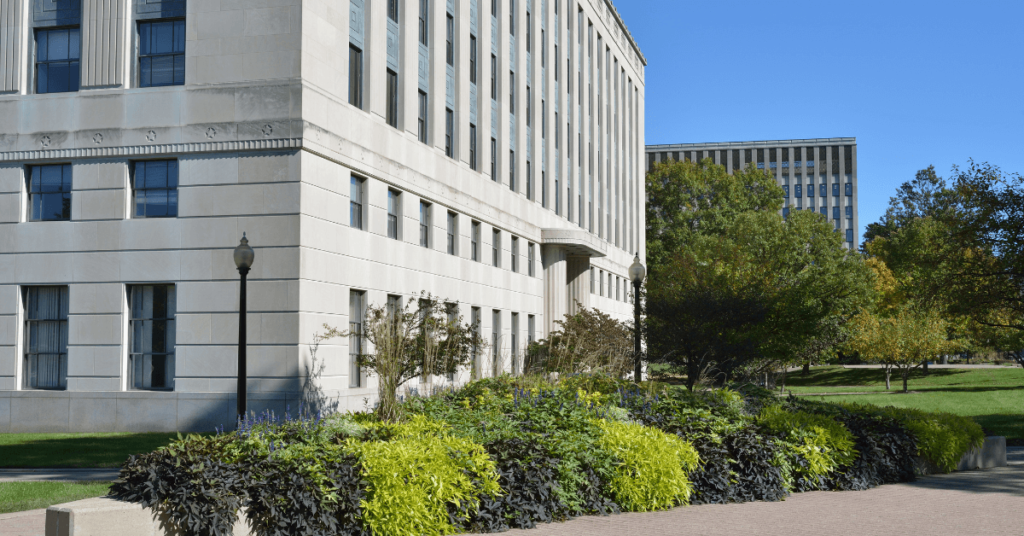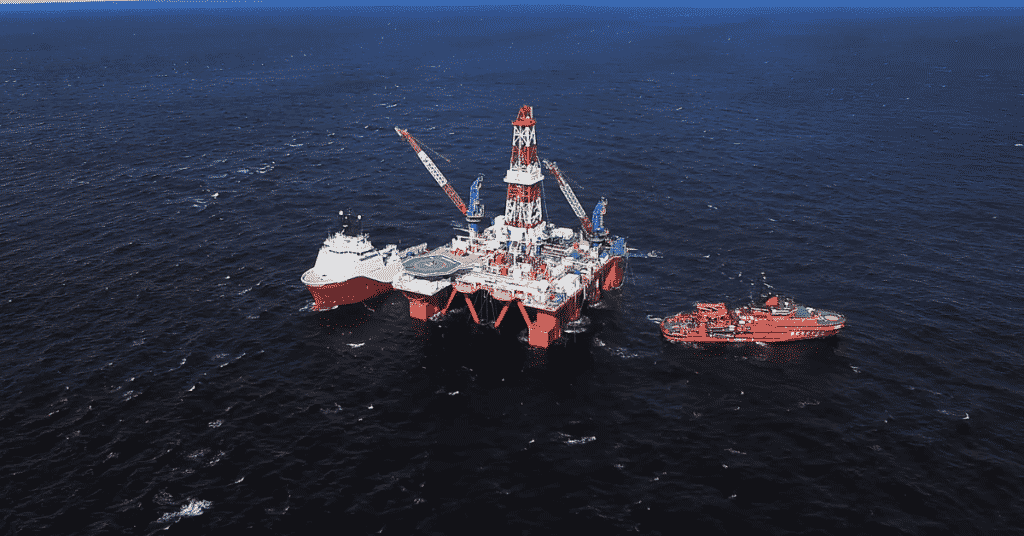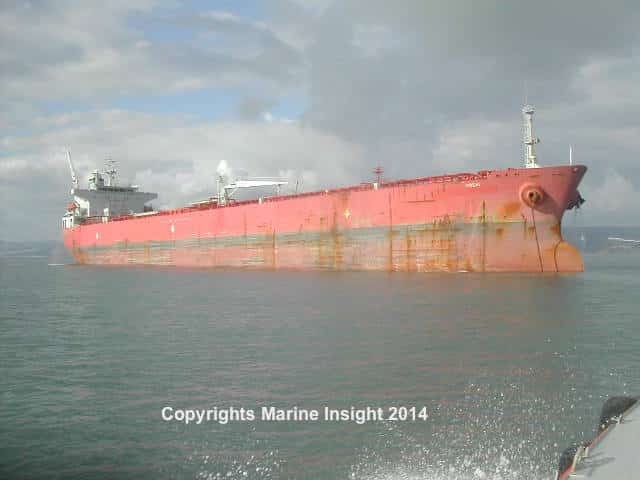9 Amazing Gulf of Boni Facts You Must Know
The Gulf of Boni, also called the Gulf of Bone and Bay of Boni, separates the South and Southeast Peninsulas of Sulawesi Island in Indonesia and opens into the Banda Sea. It is known for its marine biodiversity, diving and snorkelling spots, beautiful islands, calm waters and pleasant climate, attracting hundreds of tourists annually.
Read this article to learn more Gulf of Boni Facts.
1. Occupies around 50,000 square kilometres
The Gulf of Boni is situated between the South and Southeast arms of Sulawesi and occupies around 50,000 square kilometres. The Gulf opens into the Flores Sea to the south, ultimately joining the Banda Sea in the east.
The Flores Sea spans 240,000 km2 of water in Indonesia. On the north, it is surrounded by Celebes Island and on the south by the Sunda Islands of Flores and Sumbawa. Other water bodies like the Bali, Java, and Banda Sea border the Flores Sea from the west, northwest, east and northeast. Though the Indian Ocean and the Savu Sea are located to the south, many islands separate them from the Flores Sea.

The Banda Sea surrounds Indonesia’s Maluku Islands. It is a part of the South Pacific Ocean and covers 470,000 km2. It has crystal-clear waters and many coral reefs.
The World Wide Fund defined it as a marine ecoregion. Under its waters lie one of the deepest water bodies, the Weber Deep. It also creates the biggest and deepest fault. The oceanic abyss lies off the eastern coast of Indonesia and has puzzled scientists for years.
2. Formed 50 to 60 million years ago
Tectonic plate movements and complex geological processes created the Gulf of Boni over millions of years. It lies along the eastern end of the Eurasian Plate, where it meets the Australian and Pacific Plates.
Around 50 to 60 million years ago, during the Cenozoic Era, the Australian Plate started to push northwards into the Eurasian Plate, causing folding and faulting of the seabed.
The seabed was uplifted in some regions and subsided in other areas as the plates converged. A basin was formed due to subsidence, eventually filling with water. This was the Gulf of Boni.
However, underwater seismic activity reshaped the seabed topography, forming a new crust at plate boundaries. Volcanic eruptions also created mountains on the seabed. As centuries passed, erosion wore down these mountain peaks and rivers deposited sediment on the gulf floor.
The growth of coral reefs along the gulf’s shores defined its shape as these reefs grew outward. Now, they partially enclose it, creating beautiful landscapes.
The rise of sea levels in the glacial melt periods flooded the basin and increased the size and depth of the gulf.
3. Surrounded by coral reefs
The reefs form a partial barrier around the Gulf of Boni and define its shape and boundaries. They are a part of the famous Coral Triangle, a centre of marine biodiversity. The reefs of Wakatobi National Park, which borders the gulf, have some of the healthiest corals in Indonesia and a high cover.
More than 500 coral species and over 2000 fish species live in the gulf’s waters, home to sharks, dolphins, sea turtles, manta rays and other marine plants and animals.

The common species of corals include Faviids, Acropora, and Porites. The corals form complex structures that provide shelter to small fish. Reef fish like triggerfish, damselfish, parrotfish, angelfish, wrasses, etc., visit the reefs.
However, the reefs face many threats from coral mining, fishing, sedimentation from clearing lands near coastal areas and bleaching due to warming waters. Conservation efforts are ongoing with the help of authorities, environmental groups and independent activists.
Also, the reefs are important for tourism in the region as they help generate billions of dollars from activities like snorkelling, sport fishing, diving and cruising to enjoy the beautiful marine landscapes.
4. Has untapped Oil and gas reserves
The centre of the Boni Gulf, where water depths reach around 1800 metres, is surrounded by a narrow shelf 25 km wide. Active hydrocarbon exploration blocks and gas fields exist in stratigraphic traps in the East Sengkang Basin. Oil reserves are present in and around the island of Buton.
Oil Seeps are found offshore close to Kolaka and the southwest of the Boni Gulf, though the source of the seeps is unknown. There is a single well called BBA-1X in the northern part of Boni Gulf.
The region around the Gulf was explored since the 1970s but remains underdeveloped. Natural gas was discovered in some places in the 1990s, especially in the central part of the gulf. Per reports, the estimated reserves are around 1 to 2 trillion cubic feet of gas.
Many smaller gas discoveries were made, but no major oil discoveries. There are risks, too, such as shallow waters and natural faults and fractures. The Indonesian authorities plan to increase exploration to find more reserves in and around the Gulf of Boni.
If found in the near future, they might be used for domestic power generation and export purposes using proposed pipelines. However, more investments are required to tap into the gulf’s hydrocarbon potential. Many regions near Southeast Sulawesi in Indonesia have not been explored.
5. Experiences a tropical climate
Boni Gulf has a tropical climate throughout the year, and humidity levels remain high because of its location. The climate is influenced by seasonal monsoon winds, which flow from the southeast from May to October and from the northwest from November to April.
Waters in the gulf are usually warm and calm, making them perfect for diving and snorkelling. However, sometimes swells from Makassar Strait might impact the northern region.
It also experiences heavy rainfall except in the dry season, which lasts from June to October. Annual rainfall averages between 2000 and 3000 mm.
The temperature remains warm and pleasant most times of the year, with an average of 26-30°C, which is why the Gulf of Boni and its surrounding areas receive tourists all year round.
Another advantage is that typhoons are not frequent, though strong storms bring winds and heavy rains during the rainy season.
6. Rich in fishery resources
The waters of the Gulf of Boni yield an annual catch of up to 542,000 tons of fish per year. Sustainable fishing methods are being adopted so marine habitats, especially coral reefs, are not harmed further.
Pole and line fishing is one such way, which was introduced in Indonesia in the 1900s by Japanese fishers who used it to produce dried tuna flakes. In Southeast Sulawesi, home to the Wakatobi National Park, a fishery operates using this method.
All the tuna from here is caught using the traditional pole and line method, using a hook on a line attached to a bamboo pole. The ships are constructed using wood, and though they vary in size, they employ a crew of 15 to 40 fishers.

A fishing trip lasts 5 to 14 days and can catch around 10,000 kilograms of Tuna, which makes around 60,000 tuna cans. Fishers use squid and fish and throw them into the waters.
They lower the lines, and the tuna get caught onto the hooks during the frenzy. The fishery only catches skipjack or yellowfish tuna. Since a single hook is used, there is little bycatch, and since fishing takes place at the ocean’s surface, there is little bycatch and no negative impact on marine habitats.
The fish are then transported to a local factory that processes them. The fishery provides jobs to locals at sea and on land in the fish processing sector.
7. Several Major ports lie near the Gulf of Boni
Pomalaa Port lies on the eastern shores of the Gulf of Boni in South East Sulawesi. It has a finger pier that accommodates general cargo ships, small bulk carriers, barges and 3 transhipment anchorages which load nickel ore. Bau-Bau is another port on the southwest side of Buton Island, Sulawesi Tenggara Province. It deals with copra, timber and fish.
Kolaka is yet another important port on the southeast coast of Sulawesi, facing the Gulf of Boni. It has three berths that handle ships up to 10,000 DWT, carrying containers, bulk cargo, and passengers. It mainly handles exports of timber, nickel and coal from interior areas of Southeast Sulawesi. It also imports cement, fuel and rice. In 2020, the port handled about 1.5 million tonnes of cargo.
Kendari Port lies on the eastern coast of southeast Sulawesi Peninsula. It mainly caters to local traffic from the nearby mining region. Ferries leave from here to Makassar and Bitung. International ships usually carry logs. Around 930,000 tonnes of cargo, 56,500 TEU, and 4,900 ships are handled annually here. Wanci is a small fishing port on the northeastern shores of Buton Island and is an important centre for marine products.
Raha is a port on Muna Island, Southeast Sulawesi. Raha Port has facilities for accommodating small boats and ships which serve the local communities. The town of Raha was founded in 1906 and is a major tourist attraction, with the most visited places being Liangkabori Cave, Al Munajat Mosque and Raha Bay.
Sorong Port lies on the extreme western coast of Irian Jaya and exports crude oil, nickel, plywood, and local frozen fish products. It handles 1,200 ships, 448,000 tonnes of cargo, and 32,000 TEU annually.
8. A major tourist destination
The Gulf of Boni and its surrounding islands are a must-visit destination for nature and diving enthusiasts. There are many places to visit onshore and offshore, ranging from famous reefs to churches, museums, markets and beaches.
The Wakatobi National Park is Indonesia’s most popular dive site, where one can see over 500 species of corals and 3000 species of fish. Famous spots include Krang Makassar, Boo Windows and Kungkungan Bay.

Wakatobi is also known for its white sands and clear waters. Another popular spot here for diving is Sombu Beach, with rows of coral reefs. The beach lies in the Wangi-Wangi district, around 30 minutes from the Matahora Airport.
Taka Bonerate Islands are known for their pristine reefs and schools of barracudas, sharks and sea turtles. The Tanka Bonerate Marine Park includes the Takabonerate atoll islands, and famous sites here are Pasir Panjang, Kaledupa and Hoga. The region was given national protection status in 1992. 2015, the Marine Park was included in the UNESCO World Network of Biosphere Reserves.
9. Threatened by nickel mining and coral-eating starfish
The Gulf of Boni and its nearby regions are suffering due to the nickel mining industry and its infrastructure, along with the growth of coral-eating starfish.
A 2016 expedition showed that almost a quarter of Southeast Sulawesi’s reef ecosystem was badly damaged. Data collected about coral reef conditions from 38 sampling sites in Southeast Sulawesi Marine Protected Area and non-protected waters around Wawonii Island showed low hard-coral cover and high sedimentation levels. They also discovered a deadly outbreak of Acanthaster planci, a coral-eating crown-of-thorns starfish, which exacerbates the decline of the coral reef system.
Estradivari, Marine Science Coordinator for WWF Indonesia and the expedition’s lead scientists said that nickel mining is the main culprit of the damaged ecosystem, though further research is needed.
Indonesia has one of the world’s most abundant nickel supplies, and South Sulawesi has some of the richest deposits in the country. The nickel mining industry boomed after increasing demands from Chinese steel manufacturers. However, recently, Indonesia banned the export of raw nickel ore to foster a local smelting industry.
Though the ban was implemented, runoff from strip mines silted rivers and ended up in the sea, making clear waters red, killing seagrass and affecting other marine life. Additionally, processing ore also creates problems as the government has to build smelters, ports, roads, and other infrastructure, which adds dust, mine slag, and coal ash to the equation.
You might also like to read-
- 15 Important Red Sea Facts You Must Know
- 7 Major Ports In Bosnia And Herzegovina
- 10 Facts About The Gulf Of Gabes
- 10 Major Oil Rigs In The Gulf Of Mexico
- 10 Major Ports of Haiti

About Author
Zahra is an alumna of Miranda House, University of Delhi. She is an avid writer, possessing immaculate research and editing skills. Author of several academic papers, she has also worked as a freelance writer, producing many technical, creative and marketing pieces. A true aesthete at heart, she loves books a little more than anything else.
Disclaimer :
The information contained in this website is for general information purposes only. While we endeavour to keep the information up to date and correct, we make no representations or warranties of any kind, express or implied, about the completeness, accuracy, reliability, suitability or availability with respect to the website or the information, products, services, or related graphics contained on the website for any purpose. Any reliance you place on such information is therefore strictly at your own risk.
In no event will we be liable for any loss or damage including without limitation, indirect or consequential loss or damage, or any loss or damage whatsoever arising from loss of data or profits arising out of, or in connection with, the use of this website.
Do you have info to share with us ? Suggest a correction
Disclaimer :
The information contained in this website is for general information purposes only. While we endeavour to keep the information up to date and correct, we make no representations or warranties of any kind, express or implied, about the completeness, accuracy, reliability, suitability or availability with respect to the website or the information, products, services, or related graphics contained on the website for any purpose. Any reliance you place on such information is therefore strictly at your own risk.
Related Articles
Daily Maritime News, Straight To Your Inbox
Sign Up To Get Daily Newsletters
Join over 60k+ people who read our daily newsletters
By subscribing, you agree to our Privacy Policy and may receive occasional deal communications; you can unsubscribe anytime.






BE THE FIRST TO COMMENT